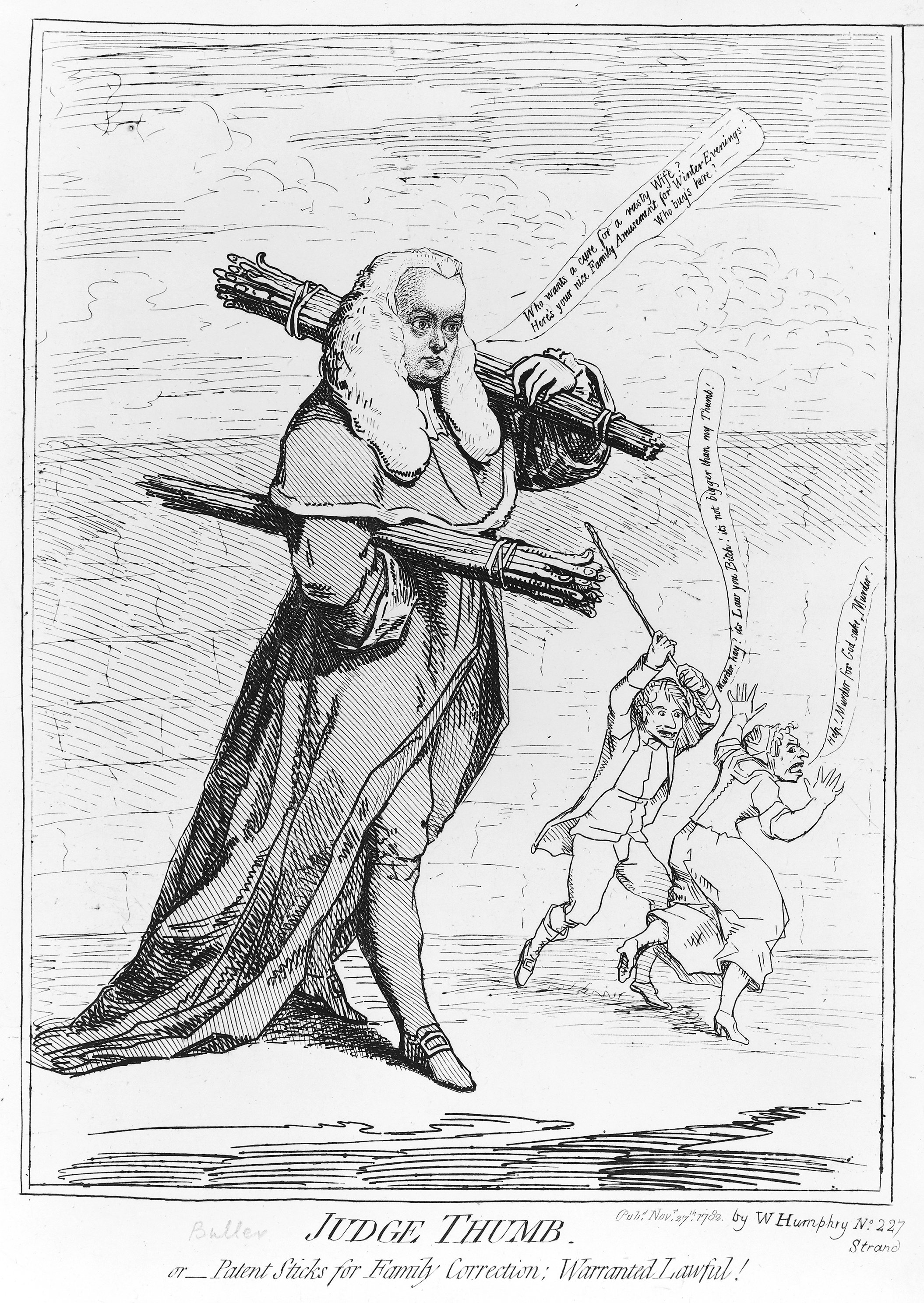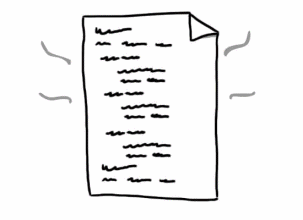|
Rule Of Three (computer Programming)
Rule of three (''"Three strikes and you refactor"'') is a code refactoring rule of thumb to decide when similar pieces of code should be refactored to avoid duplication. It states that two instances of similar code do not require refactoring, but when similar code is used three times, it should be extracted into a new procedure. The rule was popularised by Martin Fowler in ''Refactoring'' and attributed to Don Roberts. Duplication is considered a bad practice in programming because it makes the code harder to maintain. When the rule encoded in a replicated piece of code changes, whoever maintains the code will have to change it in all places correctly. However, choosing an appropriate design to avoid duplication might benefit from more examples to see patterns in. Attempting premature refactoring risks selecting a wrong abstraction, which can result in worse code as new requirements emergeSandi Metz''"The Wrong Abstraction"'' (2016)/ref> and will eventually need to be refactored ... [...More Info...] [...Related Items...] OR: [Wikipedia] [Google] [Baidu] |
Code Refactoring
In computer programming and software design, code refactoring is the process of restructuring existing computer code—changing the '' factoring''—without changing its external behavior. Refactoring is intended to improve the design, structure, and/or implementation of the software (its '' non-functional'' attributes), while preserving its functionality. Potential advantages of refactoring may include improved code readability and reduced complexity; these can improve the source codes maintainability and create a simpler, cleaner, or more expressive internal architecture or object model to improve extensibility. Another potential goal for refactoring is improved performance; software engineers face an ongoing challenge to write programs that perform faster or use less memory. Typically, refactoring applies a series of standardized basic ''micro-refactorings'', each of which is (usually) a tiny change in a computer program's source code that either preserves the behavior of ... [...More Info...] [...Related Items...] OR: [Wikipedia] [Google] [Baidu] |
Rule Of Thumb
In English, the phrase ''rule of thumb'' refers to an approximate method for doing something, based on practical experience rather than theory. This usage of the phrase can be traced back to the 17th century and has been associated with various trades where quantities were measured by comparison to the width or length of a thumb. A modern folk etymology holds that the phrase is derived from the maximum width of a stick allowed for wife-beating under English common law, but no such law ever existed. This belief may have originated in a rumored statement by 18th-century judge Sir Francis Buller that a man may beat his wife with a stick no wider than his thumb. The rumor produced numerous jokes and satirical cartoons at Buller's expense, but there is no record that he made such a statement. English jurist Sir William Blackstone wrote in his ''Commentaries on the Laws of England'' of an "old law" that once allowed "moderate" beatings by husbands, but he did not mention thumbs or any ... [...More Info...] [...Related Items...] OR: [Wikipedia] [Google] [Baidu] |
Martin Fowler (software Engineer)
Martin Fowler (18 December 1963) is a British software developer, author and international public speaker on software development, specialising in object-oriented analysis and design, UML, patterns, and agile software development methodologies, including extreme programming. His 1999 book ''Refactoring'' popularised the practice of code refactoring. In 2004 he introduced a new architectural pattern, called Presentation Model (PM). Biography Fowler was born and grew up in Walsall, England, where he went to Queen Mary's Grammar School for his secondary education. He graduated at University College London in 1986. In 1994 he moved to the United States, where he lives near Boston, Massachusetts in the suburb of Melrose.Martin Fowler at martinfowler.com. Retrieved 2012-11-15. Fowler started working with software in the early 1980s. Out of un ... [...More Info...] [...Related Items...] OR: [Wikipedia] [Google] [Baidu] |
Code Duplication
In computer programming, duplicate code is a sequence of source code that occurs more than once, either within a program or across different programs owned or maintained by the same entity. Duplicate code is generally considered undesirable for a number of reasons. A minimum requirement is usually applied to the quantity of code that must appear in a sequence for it to be considered duplicate rather than coincidentally similar. Sequences of duplicate code are sometimes known as code clones or just clones, the automated process of finding duplications in source code is called clone detection. Two code sequences may be duplicates of each other without being character-for-character identical, for example by being character-for-character identical only when white space characters and comments are ignored, or by being token-for-token identical, or token-for-token identical with occasional variation. Even code sequences that are only functionally identical may be considered duplicate cod ... [...More Info...] [...Related Items...] OR: [Wikipedia] [Google] [Baidu] |
Software Maintenance
Software maintenance in software engineering is the modification of a software product after delivery to correct faults, to improve performance or other attributes. A common perception of maintenance is that it merely involves fixing defects. However, one study indicated that over 80% of maintenance effort is used for non-corrective actions. This perception is perpetuated by users submitting problem reports that in reality are functionality enhancements to the system. More recent studies put the bug-fixing proportion closer to 21%. History Software maintenance and evolution of systems was first addressed by Meir M. Lehman in 1969. Over a period of twenty years, his research led to the formulation of Lehman's Laws (Lehman 1997). Key findings of his research conclude that maintenance is really evolutionary development and that maintenance decisions are aided by understanding what happens to systems (and software) over time. Lehman demonstrated that systems continue to evolve ove ... [...More Info...] [...Related Items...] OR: [Wikipedia] [Google] [Baidu] |
Sandi Metz
Sandi Metz is an American software engineer and author. She is the author of ''Practical Object-Oriented Design in Ruby''. Metz teaches workshops around the country for new and experienced developers, emphasizing good programming habits and practices. Metz is known for her books and articles on object-oriented programming and her statement regarding the Don't repeat yourself principle, that duplication is cheaper than the wrong abstraction. Publications * Metz, Sandi (September 5, 2012), ''Practical Object-Oriented Design in Ruby'' (First ed.), Addison-Wesley, * Metz, Sandi & Owen, Katrina (Mar 20, 2017), ''99 Bottles of OOP'' (First ed.), Potato Canyon Software, LLC, Important concepts elaborated * SOLID Design principles * Test-driven development Test-driven development (TDD) is a software development process relying on software requirements being converted to test cases before software is fully developed, and tracking all software development by repeatedly testing the ... [...More Info...] [...Related Items...] OR: [Wikipedia] [Google] [Baidu] |
Copy-and-paste Programming
In human–computer interaction and user interface design, cut, copy, and paste are related commands that offer an interprocess communication technique for transferring data through a computer's user interface. The ''cut'' command removes the selected data from its original position, while the ''copy'' command creates a duplicate; in both cases the selected data is kept in temporary storage (the clipboard). The data from the clipboard is later inserted wherever a ''paste'' command is issued. The data remains available to any application supporting the feature, thus allowing easy data transfer between applications. The command names are an interface metaphor based on the physical procedure used in manuscript editing to create a page layout. This interaction technique has close associations with related techniques in graphical user interfaces (GUIs) that use pointing devices such as a computer mouse (by drag and drop, for example). Typically, clipboard support is provided by a ... [...More Info...] [...Related Items...] OR: [Wikipedia] [Google] [Baidu] |
Don't Repeat Yourself
"Don't repeat yourself" (DRY) is a principle of software development aimed at reducing repetition of software patterns, replacing it with abstractions or using data normalization to avoid redundancy. The DRY principle is stated as "Every piece of knowledge must have a single, unambiguous, authoritative representation within a system". The principle has been formulated by Andy Hunt and Dave Thomas in their book ''The Pragmatic Programmer''. They apply it quite broadly to include " database schemas, test plans, the build system, even documentation". When the DRY principle is applied successfully, a modification of any single element of a system does not require a change in other logically unrelated elements. Additionally, elements that are logically related all change predictably and uniformly, and are thus kept in sync. Besides using methods and subroutines in their code, Thomas and Hunt rely on code generators, automatic build systems, and scripting languages to observe t ... [...More Info...] [...Related Items...] OR: [Wikipedia] [Google] [Baidu] |
Computer Programming Folklore
A computer is a machine that can be programmed to carry out sequences of arithmetic or logical operations (computation) automatically. Modern digital electronic computers can perform generic sets of operations known as programs. These programs enable computers to perform a wide range of tasks. A computer system is a nominally complete computer that includes the hardware, operating system (main software), and peripheral equipment needed and used for full operation. This term may also refer to a group of computers that are linked and function together, such as a computer network or computer cluster. A broad range of industrial and consumer products use computers as control systems. Simple special-purpose devices like microwave ovens and remote controls are included, as are factory devices like industrial robots and computer-aided design, as well as general-purpose devices like personal computers and mobile devices like smartphones. Computers power the Internet, which links bill ... [...More Info...] [...Related Items...] OR: [Wikipedia] [Google] [Baidu] |



